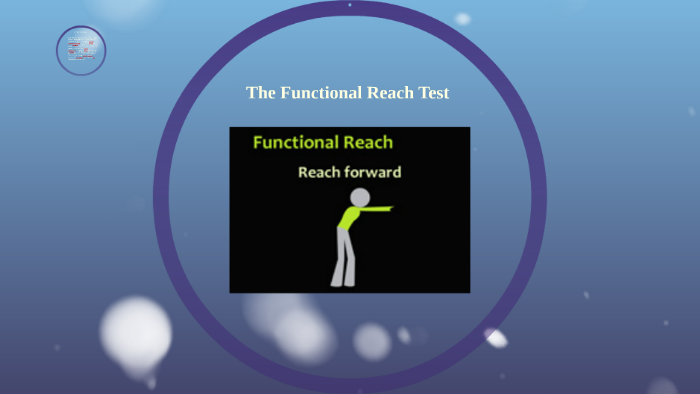
Conclusion: This study suggests that the Timed "Up and Go" test alone or a combination of the Timed "Up and Go" and Functional Reach tests can be used as a simple measure of balance comparable to the Berg Balance Scale. Pairing the Timed "Up and Go" and Functional Reach tests however, revealed a significant correlation (R=0.56, p=0.04).

The widespread need to assess fall risk in real time for individuals after stroke has generated emerging requests for a reliable, inexpensive, quantifiable, and remote clinical measure/tool. Results: There was a significant correlation between the Berg Balance Scale and Timed "Up and Go" test (r=0.47, p=0.04) but no significant correlation between the Berg Balance Scale and the Functional Reach test (r=0.42, p=0.06). Falls are common and dangerous for survivors of stroke at all stages of recovery. Main Outcome Measures: Balance and correlations were based on scores from each of the three balance tests performed. Intervention: The order in which the three tests were performed on each subject was randomized and the scores from the three tests were analyzed using correlation coefficients. Subjects: Twenty subjects: 12 females and eight males, aged 38 to 86 years (μ=68, SD=14.5).

This test also has modifications for performance in sitting and these test outcomes have had a significant correlation to the Balance Master measure of balance post stroke. Setting: Neurological rehabilitation, skilled nursing, and acute care facilities. Though this test may not be among the most popularly discussed balance tests out there, the Functional Reach Test is truly one of the easiest tests to perform anywhere, anytime. Design: A prospective study of individuals with balance deficits. Functional Reach Test: It measures the maximum distance an individual is able to reach forward beyond arms length in the standing position when maintaining a. Objective: To compare the Timed "Up and Go" and Functional Reach tests to the Berg Balance Scale for concurrent validity in a broad adult population.


 0 kommentar(er)
0 kommentar(er)
